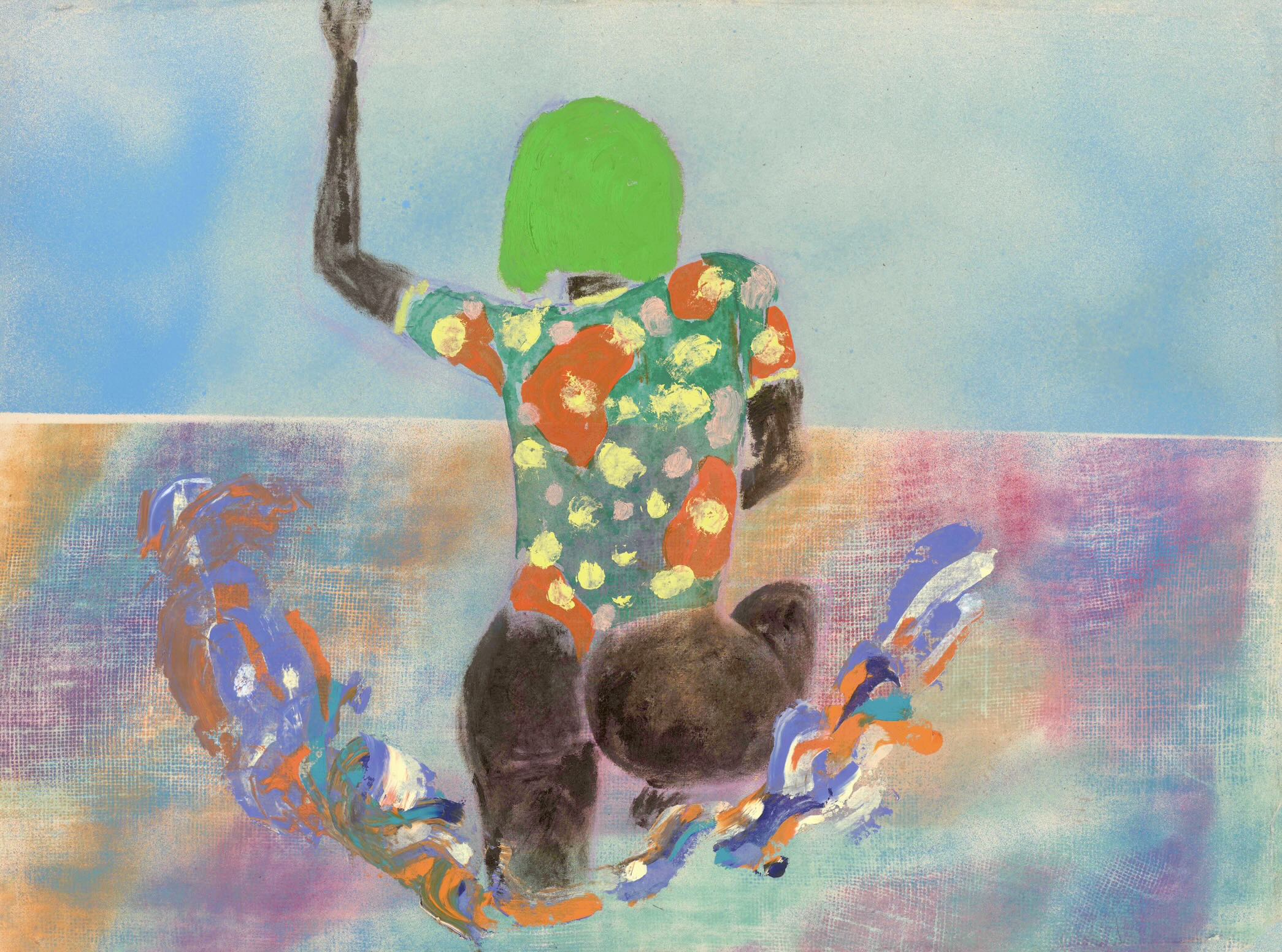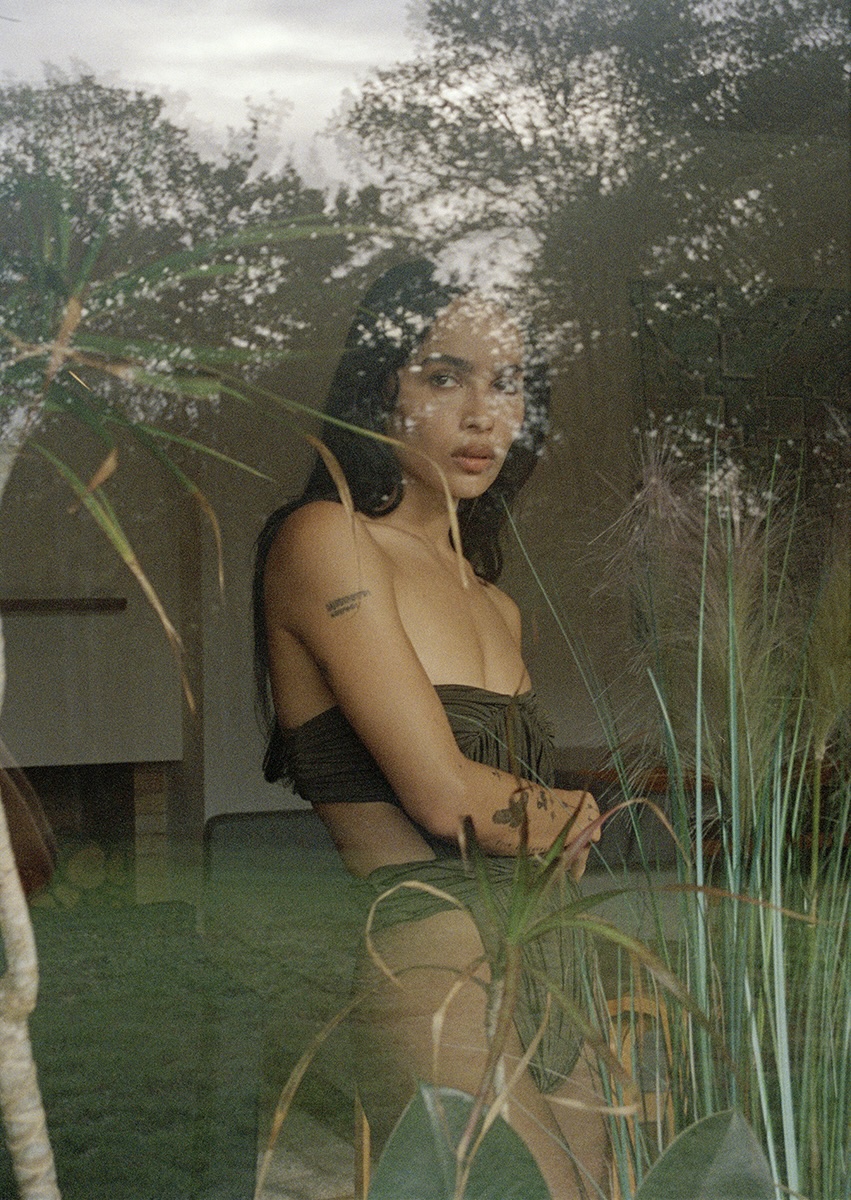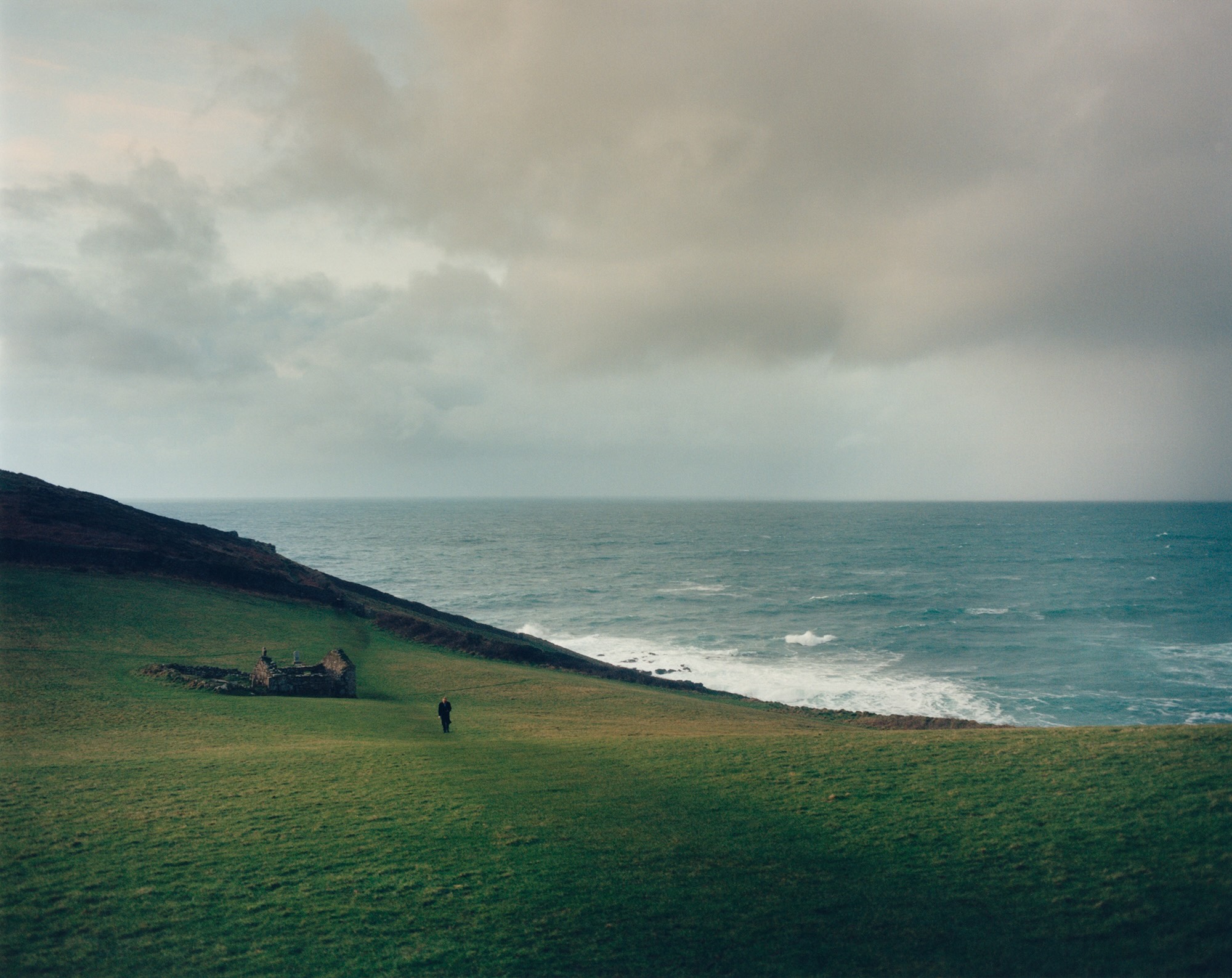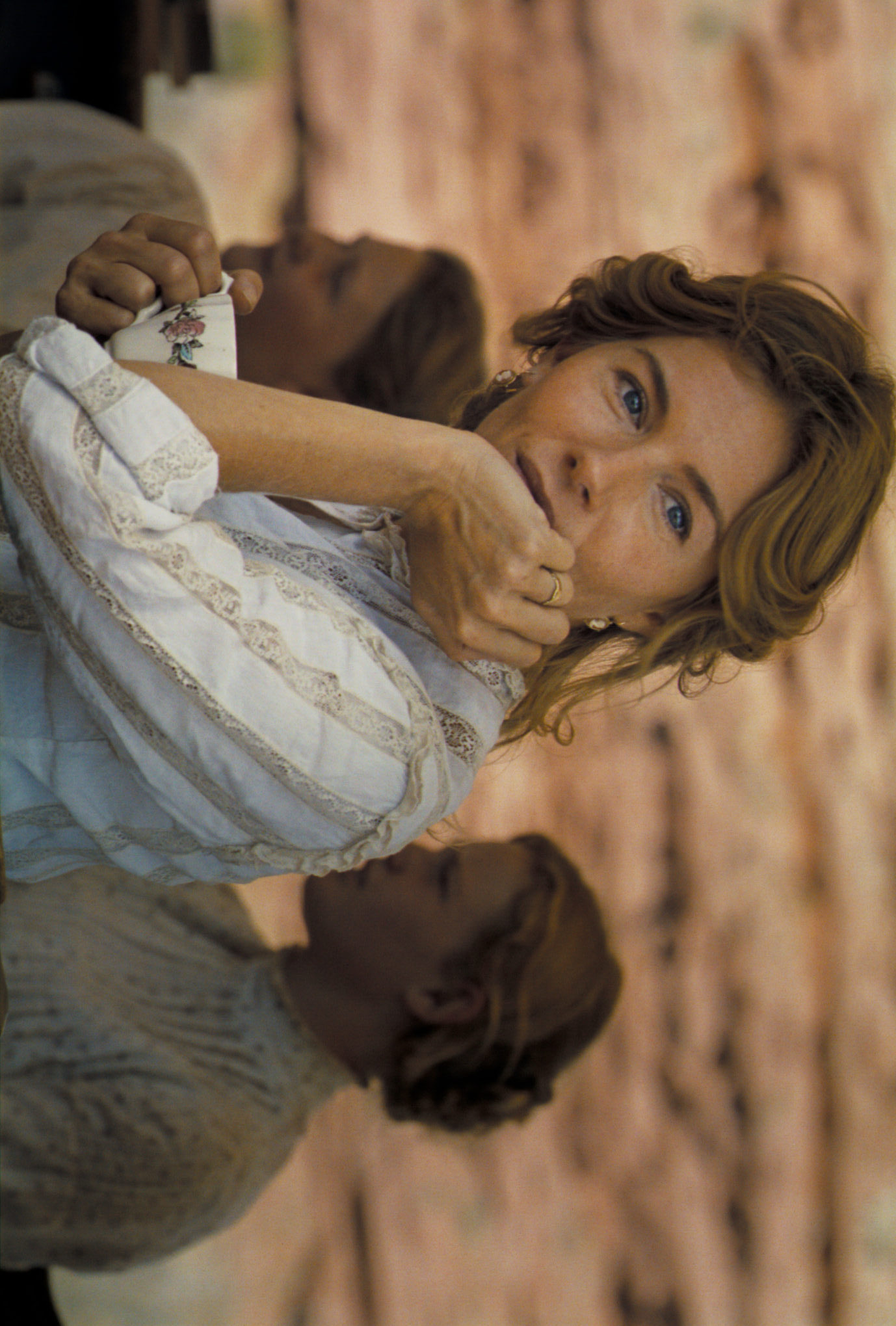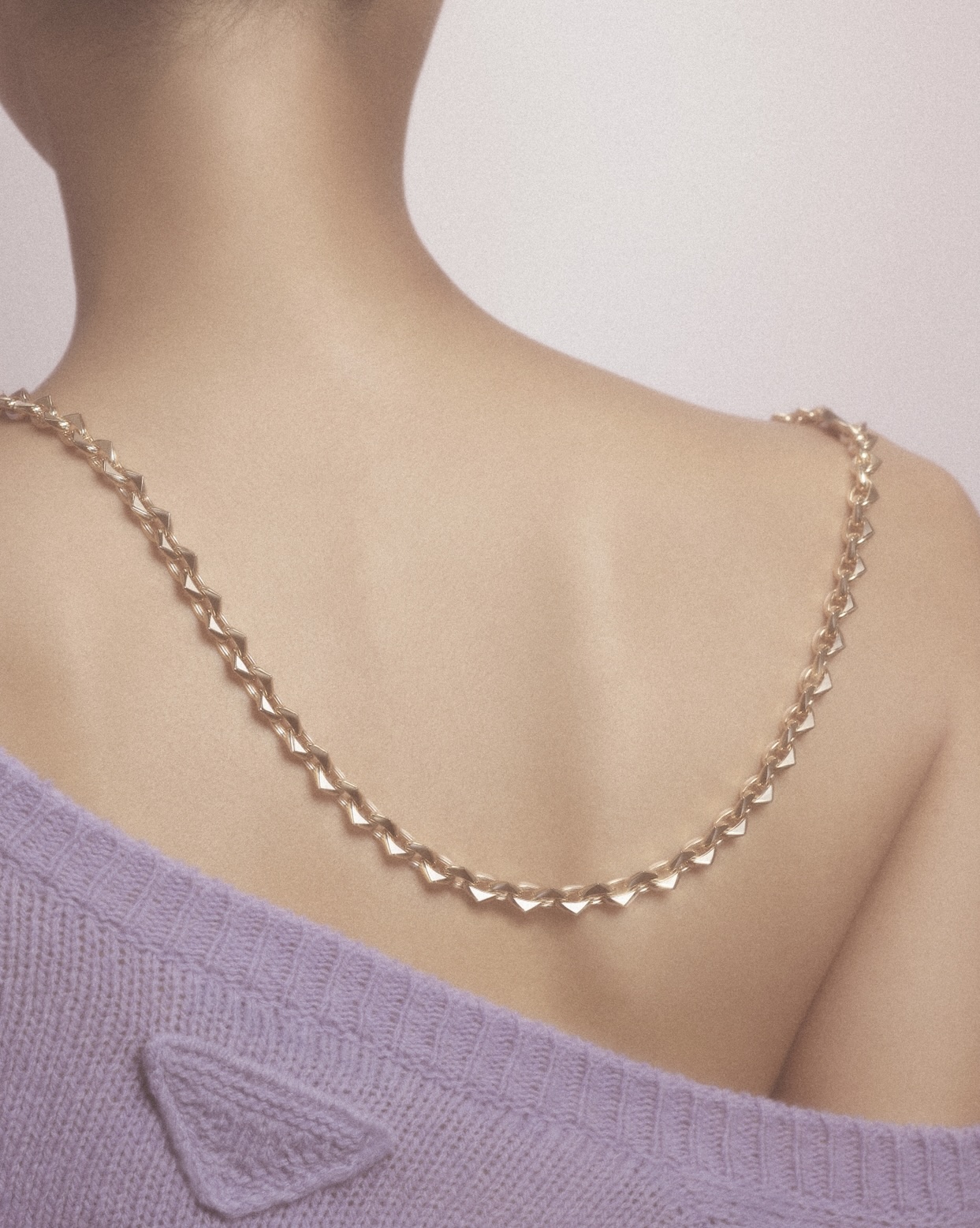GRACE
Tate Britain, London
29 May 2024 – 26 January 2025
Born in Caracas, Venezuela, to a Grenadian mother and Haitian father, Alvaro Barrington grew up in Grenada with his grandmother before moving to Brooklyn at the age of eight. His work is laden with memories of the Caribbean landscape of his childhood – blood-red hibiscus flowers are a recurring motif – as well as references to pop culture and art history. His conversations are also varied and enriched by names that rarely appear in the same sentence: Willem de Kooning and Tupac Shakur, Joseph Beuys and Marcus Garvey, Claude Monet and Miles Davis. These references form a sort of cultural map of his countless influences, through an inclusive and experimental approach to painting, which involves the use of unconventional materials and techniques like burlap, concrete, cardboard, and sewing. His interdisciplinary and innovative approach recalls Robert Rauschenberg’s Combines, also integrating real objects into the pictorial plane, such as rugs, steel drums, brooms, and fans.
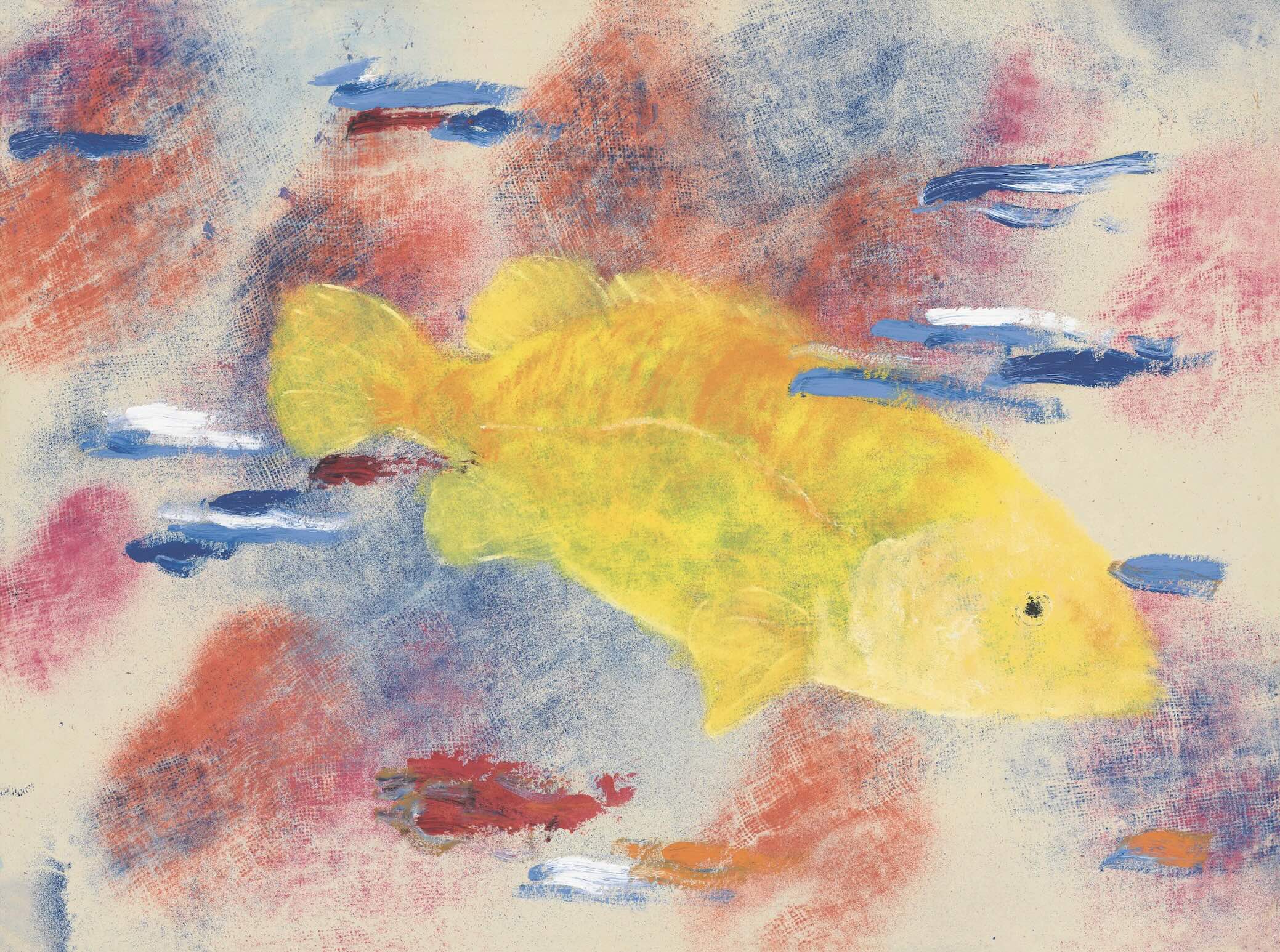
“The long history of this planet is one of migration and exchange. That is what has given me the most freedom in terms of conceptualising myself and my journey”.
Although Barrington identifies as a painter, his materials reveal an equally diverse approach to image-making: from yarn on canvases in homage to his grandmother’s sewing skills, to concrete onto which he inscribes fragments of texts from the rich oral history of hip-hop culture. He describes his approach as a kind of visual creolization. Starting May 29th, London’s Tate Britain presents GRACE, a new commission where the artist integrates sound, painting, and sculpture into the dramatic architecture of the Tate’s Duveen Galleries. Inviting visitors on an intimate journey through a site-specific installation exploring the profound impact of women in black culture on his artistic practice, Barrington focuses on three key figures: his grandmother Frederica, friend Samantha, and mother Emelda. The installation is structured in three acts and intertwines the artist’s personal history with experiences from the Caribbean carnivalesque culture and memories of his childhood in Grenada and New York. At the entrance of the Duveen Galleries, visitors are greeted by a suspended roof of corrugated steel, under which the sound of a tropical rainstorm can be heard. The sound combines with a soundtrack curated together with Femi Adeyemi of NTS, while underneath the roof, there are rattan and plastic seats enriched with woven elements and covered with plastic quilts containing embroidered postcards and works on paper by Teresa Farrell. Wooden walls with windows and textile works transform the vast open space into a series of more intimate spaces, evoking the feelings of security and protection from his childhood.
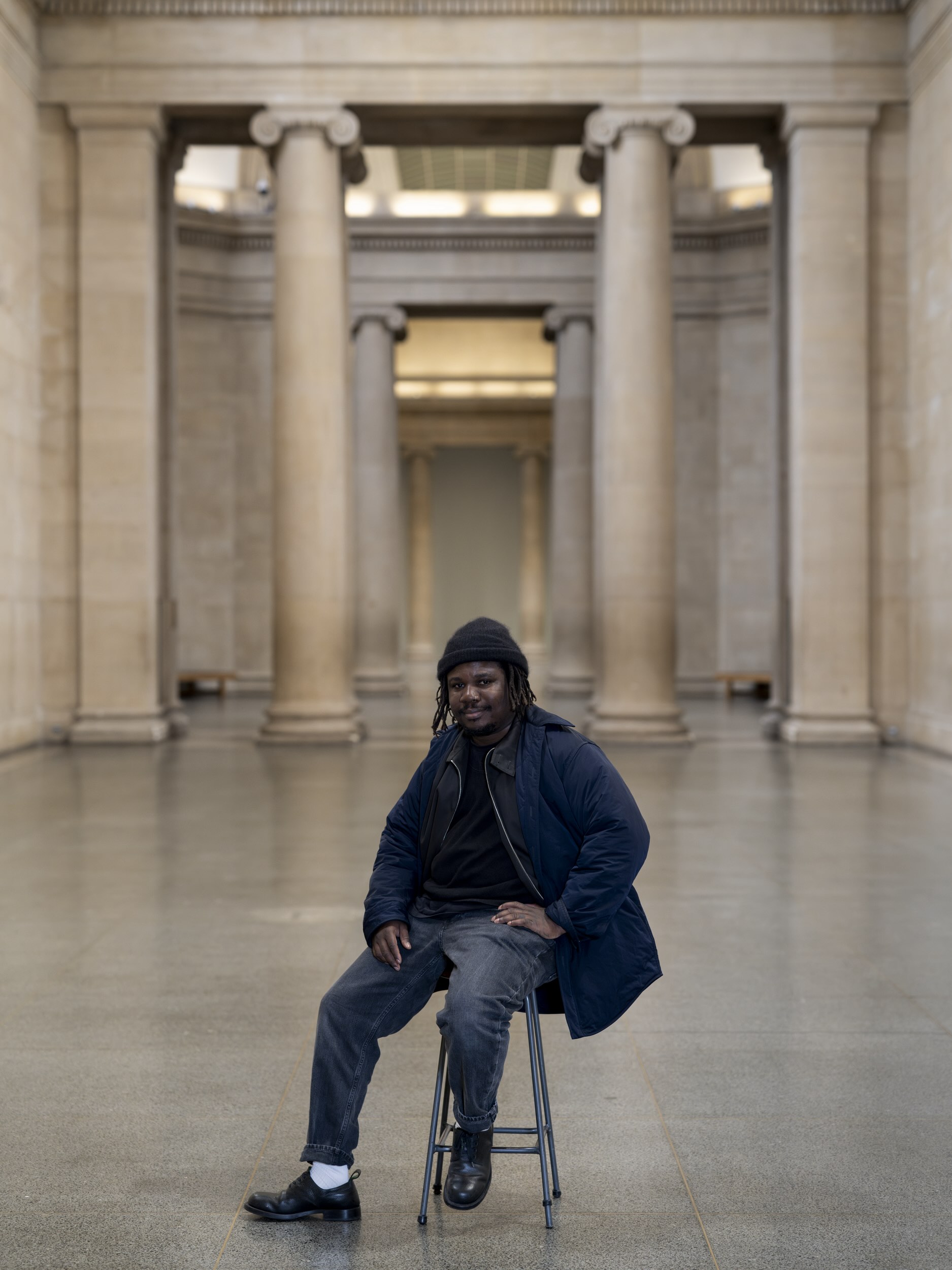
“Alvaro exists and draws on several different communities that do not often converge in the art world. There’s his extended Caribbean community, the New York hip-hop community he immersed himself in in Brooklyn, but also his sense of himself belonging to an art community, whether that be the likes of Louise Bourgeois or his young friends”.
The artist invites visitors to take a moment of pause under the same roof: upon exiting the storm, a four-meter-tall aluminum sculpture depicting a dancing figure welcomes the audience at the center of the galleries, aiming to offer an experience of rebirth and celebration. Paintings hung on scaffolds depict traditional characters from the Trinidad and Tobago carnival. This is Carnival, the Afro-Caribbean diaspora in its freest state, letting loose, dancing in communion: the scene refers to the Caribbean tradition of J’ouvert, where participants cover themselves in paint, mud, and oil and dance until dawn. But the feeling of joy and carefreeness suddenly halts: the last space houses a dilapidated shop, built to the dimensions of an American prison cell, surrounded by chain-link fencing. Its shutters open and close automatically with a creak. The installation concludes in the North Duveen gallery, where light reflects through a window onto a kiosk built to the dimensions of a cell, creating a contemplative atmosphere, akin to that of a cathedral whose pews – covered with plastic quilts containing various pillowcases with Barrington’s designs – overlook the scene. Inspired by the artist’s adolescence in New York, this final act references the unwavering love and fear that black community mothers have for children who risk being emotionally and physically harmed by State violence.
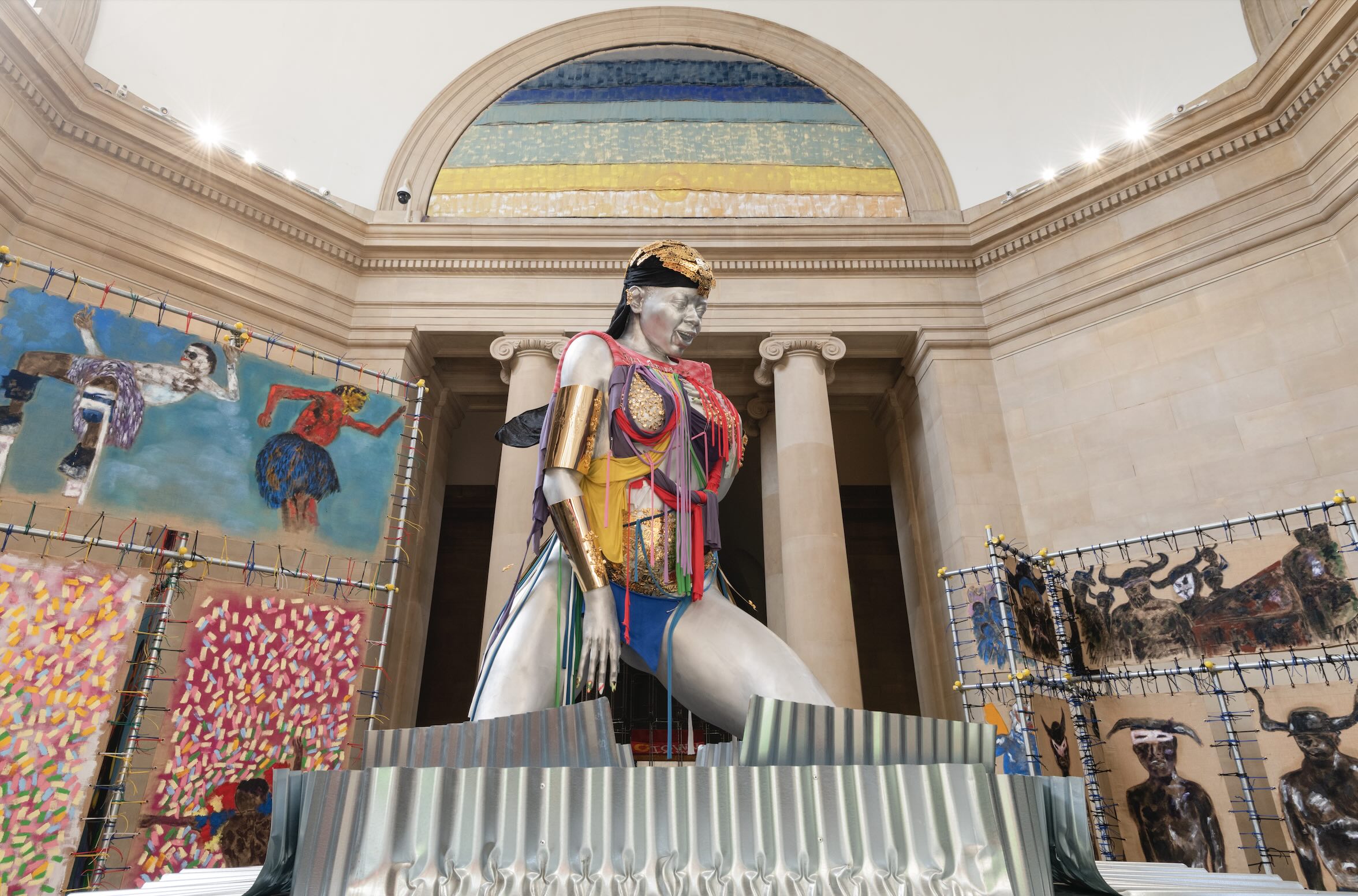
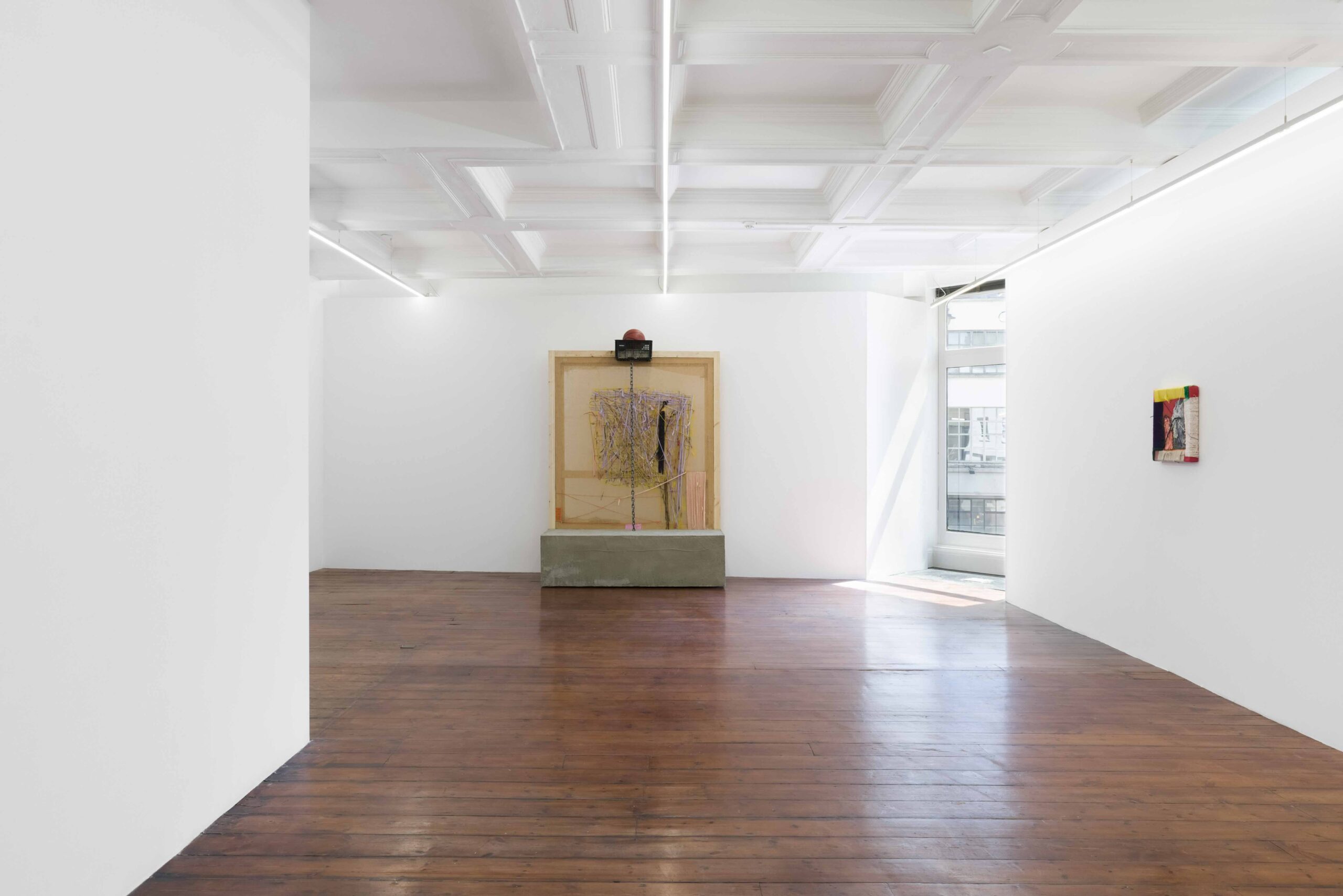
For further information tate.org.uk.
